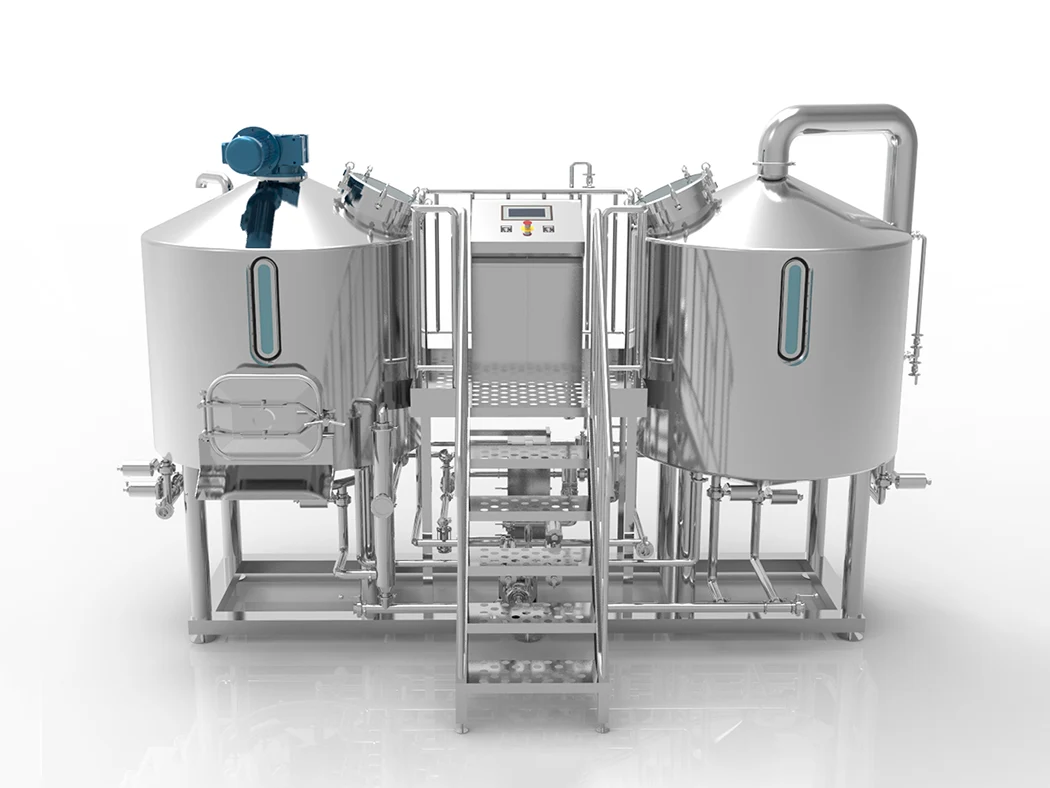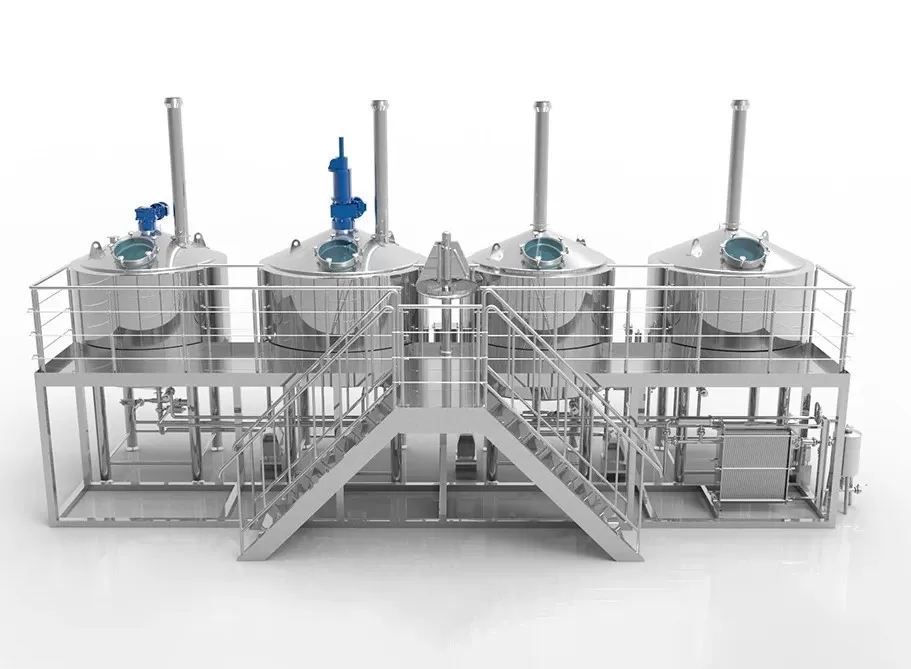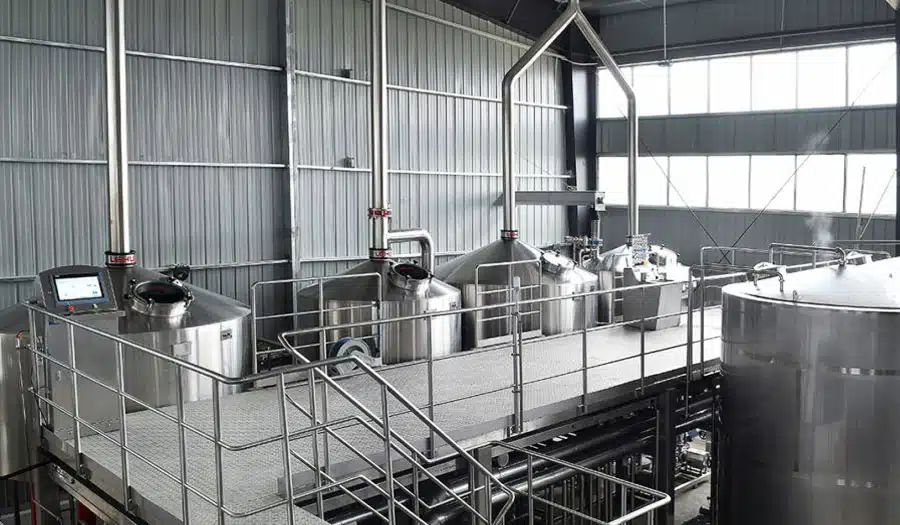You want to brew great beer but face confusing choices, tight budgets, and time pressure. Delays cost revenue; poor layouts waste labor and energy. A practical turnkey brewing system brings design, build, and start-up together so you can brew sooner, safer, and smarter.
A turnkey brewery bundles brewhouse, tanks, utilities, automation, packaging, and on-site commissioning into one coordinated project. You get layout design, installation, CIP and sanitation planning, controls, and training from one supplier, so the entire process—from mash to packaging—runs smoothly with fewer hand-offs and faster time-to-first-brew.
Quick outline
- What does a turnkey brewing system include?
- How do I size my brewhouse—nano to commercial brewing?
- Craftsmanship and customization: making a brewery fit your space
- From mash to fermenter: the brewing process in plain English
- Tanks, glycol, and chiller: controlling fermentation
- CIP, sanitation, and ease of use: build cleanliness in
- Automation vs fully manual: which control level is right?
- Layout, utilities, and on-site install: building your turnkey plan
- Packaging for brewpubs and beyond: keg, bottle, and can
- Cost, ROI, and scaling from 7bbl to 30 bbl (and 20 hl)
- Mini case studies: a 15bbl bbl craft brewery and a nano startup
- Domande frequenti
1. What does a turnkey brewing system include?
A modern birreria should be simple to run, safe to clean, and smart to scale. A practical chiavi in mano approach reduces friction by bundling birreria, fermentatore cellar, piping, pompa, controls, utilities, and packaging into one brewery solution. Your system includes drawings, design and install, and start-up support.
Typical scope for a sistema di birreria chiavi in mano:
- Birreria (mash tun, bollitore, lauter, hot liquor tank)
- Cellar (serbatoi di fermentazione, brite serbatoio)
- Utilities (glycol unit and refrigeratore, steam/electric/HLT, water treatment)
- Clean-in-place (CIP) e sanitation hardware
- Controls (from simple valves to fully automated PLC/HMI)
- Packaging (fusto, bottle, can) and filtrazione
Explore your “everything you need” pages: commercial brewing system for sale E fermentation tanks for beer for the cellar lineup and options.
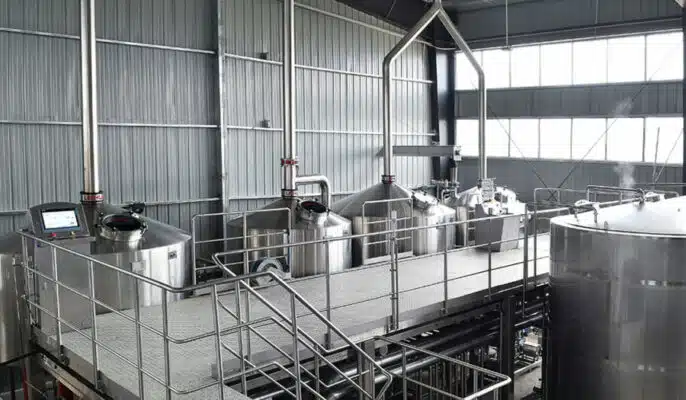
2. How do I size my brewhouse—nano to commercial brewing?
Start with your weekly pints, turns per day, and tank turns per month. A nano plan might brew three short days; a neighborhood brewpub often runs one double-batch day. A regional birreria uses bigger vessels and longer cellar residency to smooth demand.
Helpful paths: attrezzature per il nano birrificio per small-scale pilots and attrezzature per microbirrifici for taproom growth. If you need filling later, bookmark beer bottling and canning lines so your operazioni di birrificazione expand in step.
Capacity snapshot (illustrative):
| Modello | Typical daily turns | Annual output (approx) | Note |
|---|---|---|---|
| 7bbl | 1–2 | 500–1,000 bbl | Starter birreria per taprooms |
| 15bbl | 1–2 | 1,200–2,500 bbl | Grows with distro |
| 30 bbl | 1–2 | 2,400–5,000 bbl | Regionale produzione di birra commerciale |
3. Craftsmanship and customization: making a brewery fit your space
Bending stainless right matters. Craftsmanship shows in welds, jackets, and ports placed where brewers actually work. Smart personalizzazione aligns vessel heights to doors, drains to floor slopes, and manways to ceiling beams—detail that cuts the need for manual awkward lifts and keeps traffic flowing.
We approach each brewery project with shop-floor empathy: hose paths, valve reach, and ease of use. For pilots and product proofs, consider all-in-one brewhouse options E 200L brewhouse kits to birra fast and iterate.
4. From mash to fermenter: the brewing process in plain English
You heat water in your hot liquor tank, blend grain and water to pastone, and recirculate for clarity. You transfer sweet mosto al bollitore, birra with hops, then whirlpool. Chilled wort goes to a fermentatore where lievito eats sugars and makes alcohol and CO₂—this processo di birrificazione is the beating heart of the birreria.
Clean, repeatable steps make brewing beer calm, not chaotic. Right valves, piping slope, and sensors keep product moving. Proper knock-out temperature, oxygenation, and yeast health drive clean fermentazione and consistent birra flavor.
5. Tanks, glycol, and chiller: controlling fermentation
Stable temperature makes great produzione di birra possible. Jacketed serbatoi di fermentazione connect to a glycol loop and refrigeratore. You fermento cool, ramp for diacetyl rest, and crash cold, then transfer to a bright serbatoio for carbonation and filtrazione if desired. Instrumentation gives data; data gives control.
Good cellar geometry saves labor. Manways at the right height, racking arms that seal cleanly, and CIP spray coverage keep the entire process tidy. See fermentation tank options for sizes, jackets, and ports that fit your brewery system.
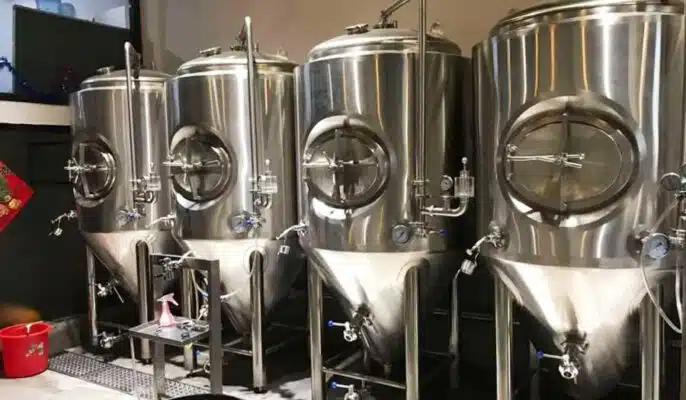
6. CIP, sanitation, and ease of use: build cleanliness in
Great birra starts with clean lines. CIP skids, caustic loops, and rinse verification system simplifies changeovers and reduces caustic handling risk. Built-in drains and sloped piping protect sanitation and save minutes on every turn so you can birra more and mop less.
When systems are designed for CIP from day one, operators spend less time chasing leaks and more time dialing recipe development. Cleanliness is process, not panic.
“Design for clean, and quality shows up everywhere.”
7. Automation vs fully manual: which control level is right?
Some teams want dials and hands-on valves; others want an automated beer workflow. The right automazione level depends on staff, turnover, and growth plans. Semi-auto grants repeatability while preserving a craft touch. A fully automated HMI reduces repetitive tasks and human error.
Automation should lower training time and the need for manual notes. Start simple, then expand. Automated beer brewing system options scale from basic step controls to advanced sequences that birra consistent to-spec batches.
8. Layout, utilities, and on-site install: building your turnkey plan
Good drawings prevent field headaches. We map steam, condensate, water, power, trench drains, and CO₂ lines so construction stays clean. That’s building your turnkey path: scope, schedule, and stakeholders aligned.
A seasoned fornitore should coordinate rigging, place vessels, and commission controls on-site with your team. That way the first birra day is calm, not chaotic. If you later branch into spirits or tea, the same plant can host attrezzature della distilleria o attrezzatura per la produzione di kombucha in adjacent bays.
9. Packaging for brewpubs and beyond: keg, bottle, and can
Match the package to the plan. Fusto only? Keep it simple. Taproom + local stores? Add canning. Destination brewpub with to-go? A compact line is perfect. When your system includes rinsers, fillers, seamers, date coders, and depalletizers, packaging becomes part of the birra rhythm, not a roadblock.
See beer bottling and canning equipment to right-size speeds and changeovers. Look for professional-grade seam checks, oxygen pickup control, and labelers that fit the room.
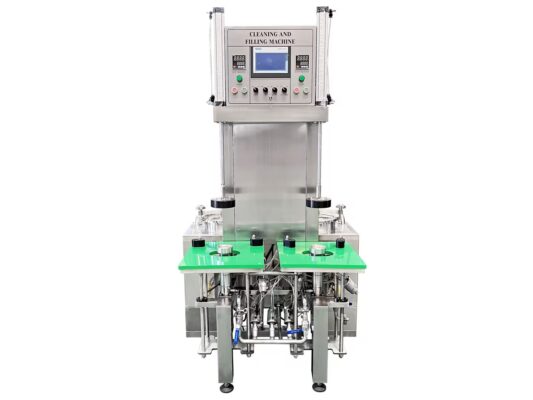
10. Cost, ROI, and scaling from 7bbl to 30 bbl (and 20 hl)
Plan capital, utilities, and labor together. Throughput pays the note; uptime protects cash flow. Start lean, then scale tanks to lift monthly turns.
Simple capacity model (illustrative):
| Dimensione | Batches/week | Pub sales share | Packaged share | Note |
|---|---|---|---|---|
| 7bbl | 4 | 80% | 20% | Taproom focus |
| 15bbl | 6 | 60% | 40% | Adds local distro |
| 30 bbl | 8 | 30% | 70% | Regional growth (≈ 20 hl per turn) |
Tiny visual “chart” (illustrative growth):
7bbl | ███
15bbl | ████████
30 bbl| ██████████████
Energy matters too—heat recovery and insulation boost energy efficiency every day.
11. Mini case studies: a 15bbl bbl craft brewery and a nano startup
15bbl bbl craft brewery: We placed a two-vessel birreria with room to add a whirlpool later. Cellar started with four 30-hl cylindroconicals and one bright serbatoio. Semi-auto controls gave repeatability; later we added dry-hop ports and better DO meters. Distribution expanded without changing brewing style. That’s scalable chiavi in mano thinking.
Nano startup: A compact skid let the team birra single turns for a year, then double-batch weekends. Nano brewery system plus two jacketed fermentatore vessels provided flexibility. When can sales spiked, a bench filler from attrezzature di riempimento bridged demand. Clean SOPs and CIP kept quality tight.
Domande frequenti
What is a turnkey brewing system?
A coordinated package that covers design, attrezzature per la produzione di birra, utilities, install, CIP, controls, packaging, training, and start-up. One partner, one schedule, fewer gaps.
How do I choose between manual and automated beer controls?
Pick the level that fits your team. Manual is tactile; semi-auto repeats key steps; fully automated suites reduce routine tasks and training time.
What tanks do I need beyond the brewhouse?
At minimum, jacketed serbatoi di fermentazione and a bright serbatoio. Add lagering, hop backs, or mixed-ferm later. Right-size jackets, PRVs, and ports for safe, steady fermentazione.
Can I expand into other beverages?
Yes—adjacent bays can host attrezzature per la distillazione o kombucha vessels with shared utilities and SOPs.
How long from order to first brew?
Lead times vary by scope and location, but clear drawings, site prep, and ready utilities speed install and commission. Good planning makes your first birra day feel routine.
Where can I learn best practices?
Il Brewers Association offers practical guidance; process science lives in ASBC resources. Use them to sharpen SOPs and QA.
A few details seasoned brewers still ask about
- Lievito health: oxygenation, pitch rate, and temperature curves are the quiet heroes of flavor.
- Tun di ammostamento flow: consistent recirculation cuts turbidity before run-off.
- Lauter geometry: false-bottom area and rakes shape clarity and speed.
- Brite management: carb stone sizing and head pressure control help keep DO low.
- Beer making is craft and system—both matter.
Putting it all together
A turnkey brewing system should be practical, not flashy. When systems are designed around people and product, you spend less time firefighting and more time to birra. Start small if you must, but plan piping, power, and drains so bigger tanks drop in later without breaking floors.
If you’re mapping your first-year plan, skim:
- Sistema di produzione di birra commerciale for scalable platforms
- Micro brewery system for taproom growth
- Fermentation tank lineup for cellar control
And yes, the odd catalog typo you may see—“storagebrewing auxiliary equipmentdistillery”—actually hints at the broader scope: storage, auxiliaries, and spirits all living in one plant.
Sources & references
Bullet-point wrap-up
- A chiavi in mano path reduces hand-offs and speeds time-to-first birra.
- Size the birreria from realistic sales and tank turns.
- Engineer CIP, sanitation, e ease of use at design time.
- Choose control depth—from tactile to fully automated—to fit staff.
- Plan utilities and on-site install so expansion is cheap later.
- Use a trusted fornitore and proven packages for predictable results.
- Protect flavor with tight fermentazione control and QA basics.
- Packaging and growth should slot in without re-plumbing the plant.
P.S. If you want a practical roadmap, start with a pilot or tutto in uno skid, then add tanks. We’ll help scope everything you need, from drawings to commission, so your birra day feels simple—not scrambled.

